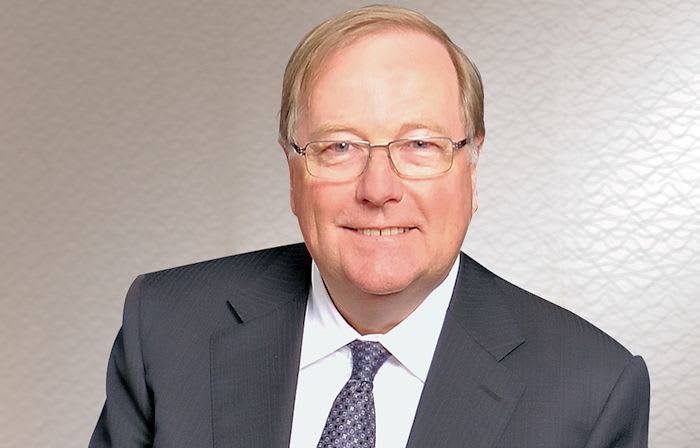Greenfield suburbs: greener than you think
The term ‘urban sprawl’ often used in media commentary conjures up images of desolate new suburbs on the urban fringe disconnected from their local environment.
The reality – as with most urban myths – is quite different. More than 50 new suburbs have been delivered through the state’s greenfield program, helping Victoria keep pace with Melbourne’s thriving population and providing affordable housing options for families.
The current growth of Melbourne is largely to the south east in Clyde, Cranbourne and officer – to the north and north west in Mernda, Mickleham, Sunbury and to the west and south west around Rockbank, Werribee, Point Cook and Wyndham Vale.
The Metropolitan Planning Authority has learnt from past planning mistakes, and designs these new suburbs with the aim of making them some of the greenest in Melbourne.
For instance, more than 20 per cent of land in greenfield areas is dedicated to open space – the majority being waterways, conservation, sports-fields and local parks. It should also be noted that many of the greenfield areas have some of the best bike paths in Victoria.
In greenfield areas, biodiversity values are not only maintained but enhanced, with creeks and wetlands being protected and in many cases rehabilitated. Planning for greenfield areas also provides strategic protection and a clear framework for the management of native vegetation, and the habitat of threatened species such as the Growling Grass Frog.
Access to transport is critical to encouraging active transport – that’s why our new suburbs are now well designed and walkable. It is a little known fact that 90% of dwellings are built within 1 km of a local town centre that has all the things you need: a supermarket, primary school, medical clinic – even a wine bar!
Greenfield suburbs are also designed to reduce car dependence.
For instance, two recently approved plans for new suburbs in Wyndham and Whittlesea directed the building of houses close to current and future railway stations, providing more sustainable travel options for future residents.
The design of our new suburbs also create a greener lifestyle by:
- Providing options for alternative modes of transport via walking, cycling and nearby bus links, therefore reducing carbon emissions;
- Supporting housing construction with appropriate solar orientation to reduce reliance on fossil fuels for heating, cooling and lighting; and
- Promoting the conservation, reuse and recycling of water through the use of recycled water.This all helps protect Melbourne’s status as one of the world’s most liveable cities.
Lastly, achieving greater housing density is often cited as critical to preventing sprawl and achieving a more sustainable community. In most greenfield areas the average density of development is at least 16.5 dwellings per hectare. That’s the same as some of Melbourne’s old inner suburbs and is achieved by providing a mix of detached and medium density housing.
While there is always room for improvement, our newest suburbs are being designed to provide families with a modern and more environmentally sustainable lifestyle than ever before.
Peter Seamer is CEO of the Metropolitan Planning Authority, the body entrusted to implement the initiatives and vision set out in the Victorian Government’s metropolitan planning strategy, Plan Melbourne.
